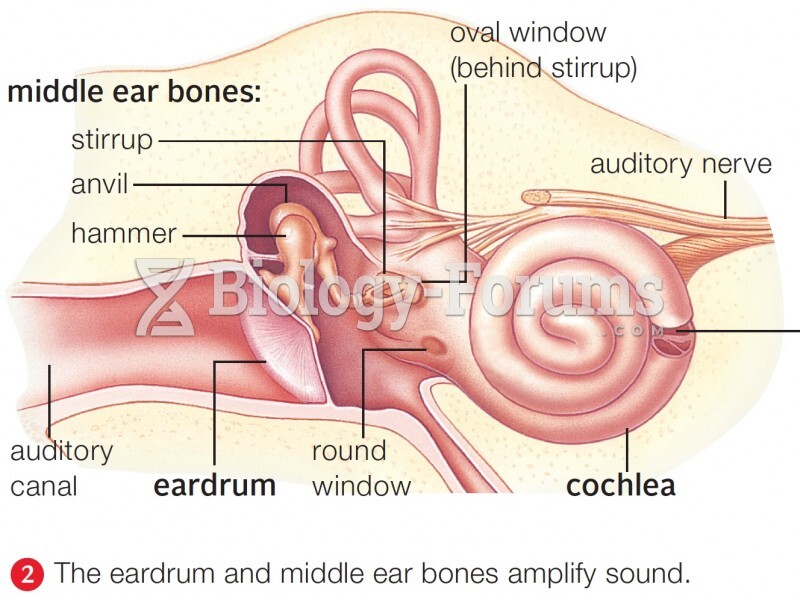|
|
|
Cytomegalovirus affects nearly the same amount of newborns every year as Down syndrome.
The FDA recognizes 118 routes of administration.
The lipid bilayer is made of phospholipids. They are arranged in a double layer because one of their ends is attracted to water while the other is repelled by water.
You should not take more than 1,000 mg of vitamin E per day. Doses above this amount increase the risk of bleeding problems that can lead to a stroke.
A cataract is a clouding of the eyes' natural lens. As we age, some clouding of the lens may occur. The first sign of a cataract is usually blurry vision. Although glasses and other visual aids may at first help a person with cataracts, surgery may become inevitable. Cataract surgery is very successful in restoring vision, and it is the most frequently performed surgery in the United States.
 A vigorous-looking Franklin D. Roosevelt campaigns for the presidency in 1932. His vice-presidential
A vigorous-looking Franklin D. Roosevelt campaigns for the presidency in 1932. His vice-presidential
 Stressing that education reproduces a country’s social class system, conflict theorists point out ...
Stressing that education reproduces a country’s social class system, conflict theorists point out ...





